Remote Desktop Continually Disconnecting Users Server 2016
RDP session keeps disconnecting
"I'm using RDP to remotely control on my Windows 10 PC. Something is causing Remote Desktop sessions to abruptly disconnect after an indeterminate period of time, which irritates me. The timeouts are set to 1 minute for logging out disconnected sessions and 15 minutes for idle but connected sessions, yet I'm getting disconnects 20 to 30 minutes after login in, and sometimes even before the Desktop is set up. Any ideas how to fix this?"
Six solutions to fix the RDP session keeps disconnecting on Windows 11/10/8/7
To help users fix the annoying "RDP session keeps disconnecting" on Windows when using RDP to remotely control another computer, here we sort out six solutions.
Solution 1. Ping IP Address via CMD
Some users reflected that this problem occurs when the remote session is dropped to the taskbar and another program becomes the primary application used while RDP is running in the background. Therefore, users can ping their IP Addresses via CMD to keep the remote session active even if it is minimized. This may help solve the RDP session keeping disconnecting problem.
Step 1. Press Win + R to invoke the Run dialog box. Type in "cmd" and hit OK to open Command Prompt.
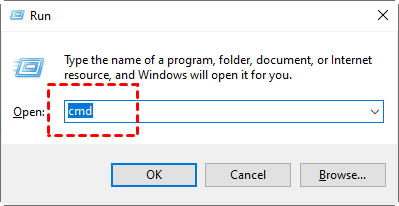
Step 2. Enter the command "ping -t SERVER_IP". (Replace SERVER_IP with your IP Address)
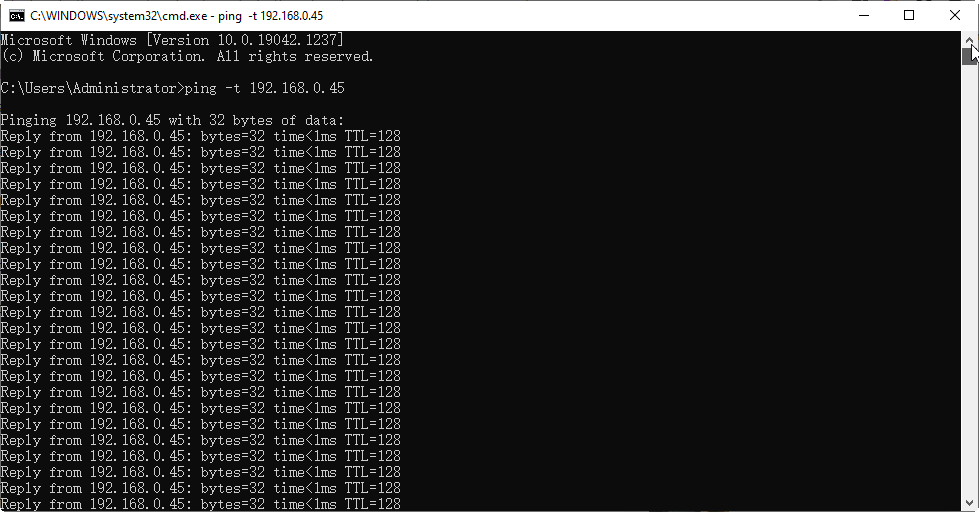
Note: In case you don't know how to find the IP Address, here are the steps. PressWin + R to invoke the Run dialog box. Type in "cmd" and press OK. Then type "ipconfig" and press Enter. Now you can see a group of IP addresses, of which the IPv4 address is the one you need.
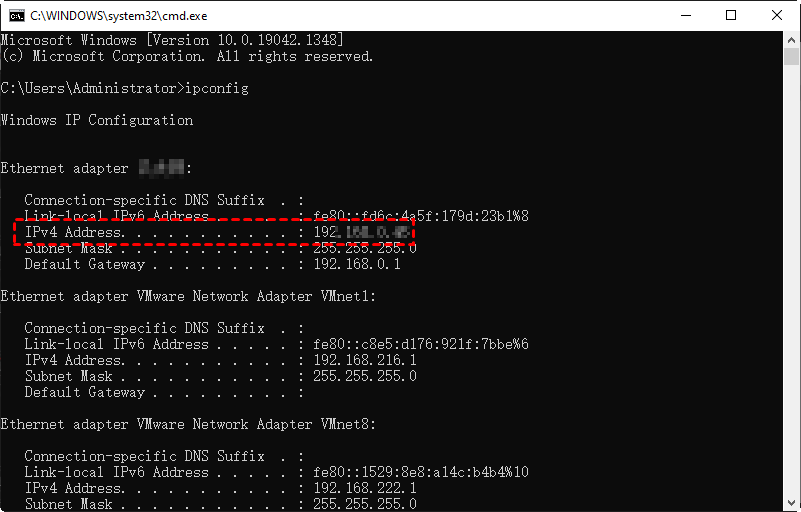
Solution 2. Check the Registry Editor
Users can also troubleshoot this problem by checking the Registry settings.
Step 1. Press Win + R and then type in "regedit" to open the Registry Editor.
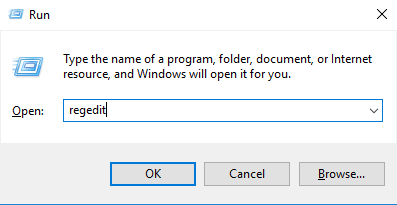
Step 2. Navigate here: HKEY_LOCAL_MACHINE > SYSTEM > CurrentControlSet > Services > TermService. Find and double-click ObjectName.

Step 3. Input the Value data as NT Authority\NetworkService. Then click OK.
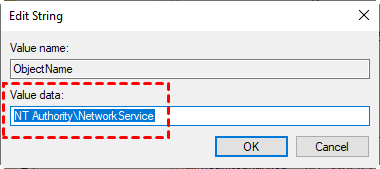
Solution 3. Check the Local Group Policy
According to some users, this problem may also be caused by the session time limit setting. Users can change the settings to configure a time limit for disconnected Remote Desktop Services sessions.
Step 1. Press Win + R to invoke the Run dialog box. Type in "gpedit.msc" and hit OK to open Registry Editor.
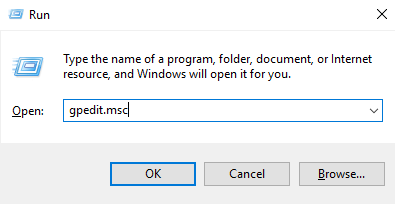
Step 2. Navigate here: Computer Configuration > Administrative Templates > Windows Components > Remote Desktop Services > Remote Desktop Session Host > Session Time Limits. Find "Set time limit for disconnected session" and "Sets a time limit for active but idle Terminal Services sessions" on the right pane.
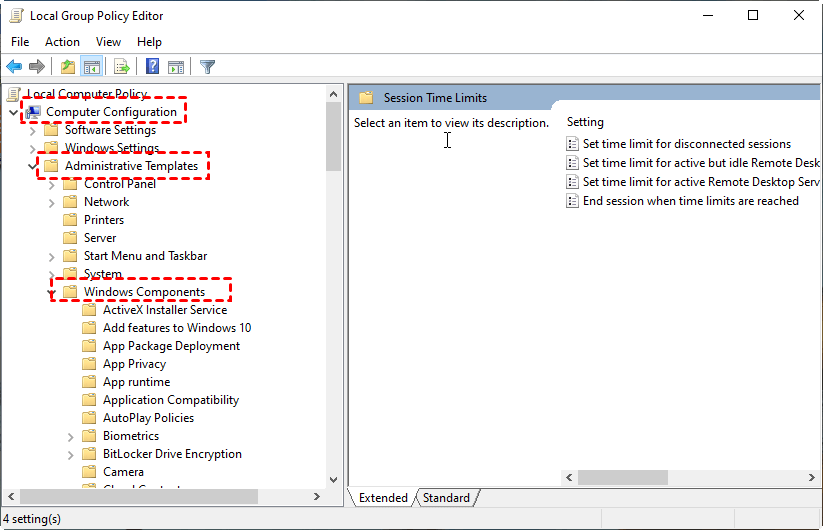
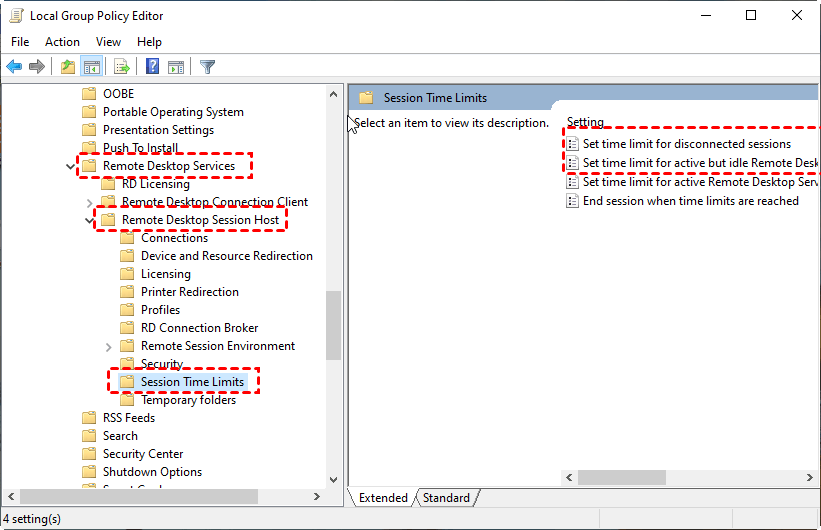
Step 3. Enable "Set time limit for disconnected session" to Never, and then enable "Sets a time limit for active but idle Terminal Services sessions" to Never.
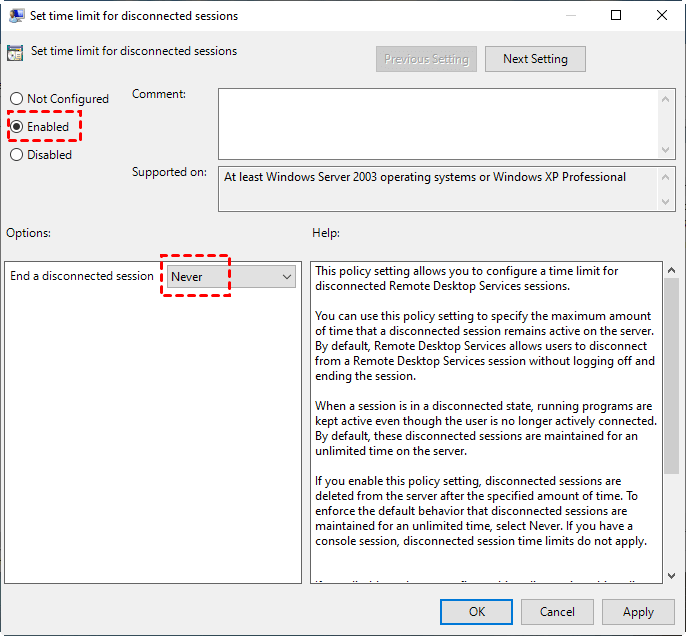
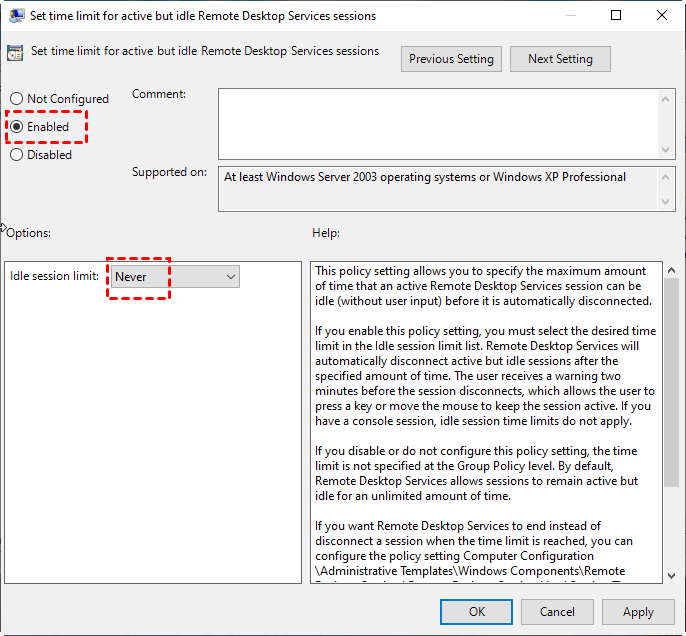
Solution 4. Change the device settings used for remote session
It has been tested by some users that unselect the option Smart cards or Windows Hello for Business helps troubleshoot the disconnection problem. Follows the steps below to make your RDP maintains connected.
Step 1. Search for Remote Desktop Connection in the search box and then start RDP. Select More Options.
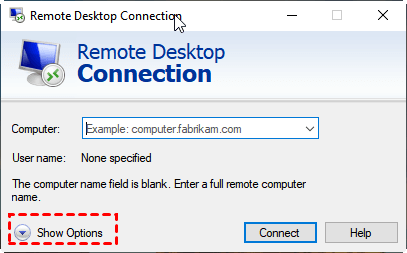
Step 2. Switch to Local Resources and then click More.
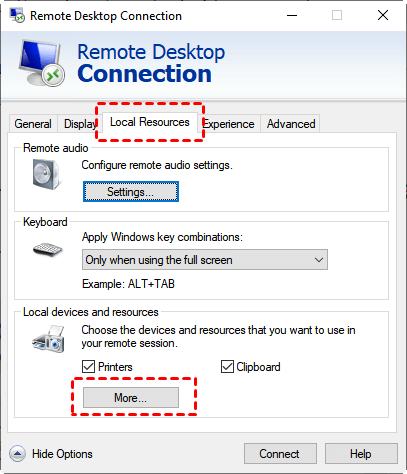
Step 3. Find the option Smart cards or Windows Hello for Business and then unselect it.
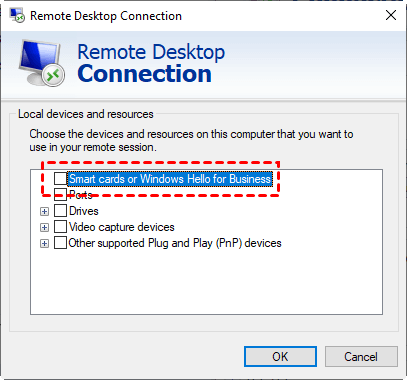
Solution 5. Verify Remote Desktop Services Limit number of connections policy
Sometimes, when the number of Remote Desktop Services sessions that can be active on a server is exceeded, users may keep getting disconnected. Therefore, users can follow the steps below to verify and change the number of connections that they want to allow.
Step 1. Press Win + R to invoke the Run dialog box. Type in "gpedit.msc" and hit OK to open Registry Editor.

Step 2. Navigate here: Local Computer Policy > Computer Configuration > Administrative Templates > Windows Components > Remote Desktop Services > Remote Desktop Session Host > Connections. Find Limit number of connections.
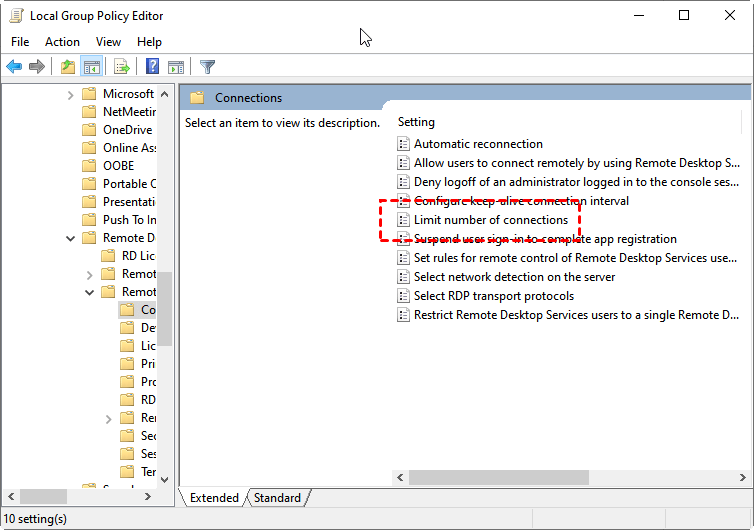
Step 3. Click Enabled. In the RD Maximum Connections allowed box, type the maximum number of connections that you want to allow, and then click OK.
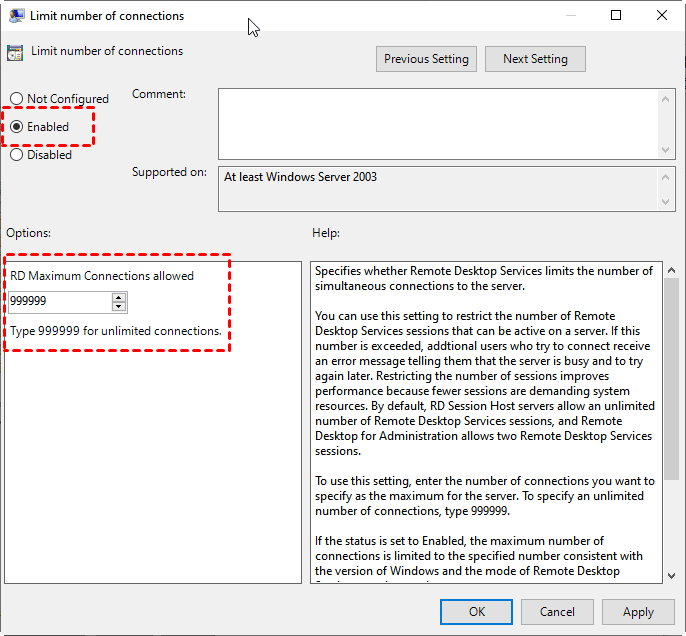
Solution 6. Disable restriction on Remote Desktop session
You can also change the Group Policy setting to allow users to make unlimited simultaneous remote connections by using Remote Desktop Services. This may also help solve the disconnection problem caused by the number of Remote Desktop sessions.
Step 1. Navigate here: Computer Configuration > Administrative Templates > Windows Components > Remote Desktop Services > Remote Desktop Session Host > Connections. On the right pane, find Restrict Remote Desktop Services users to a single Remote Desktop Services session and double-click it.
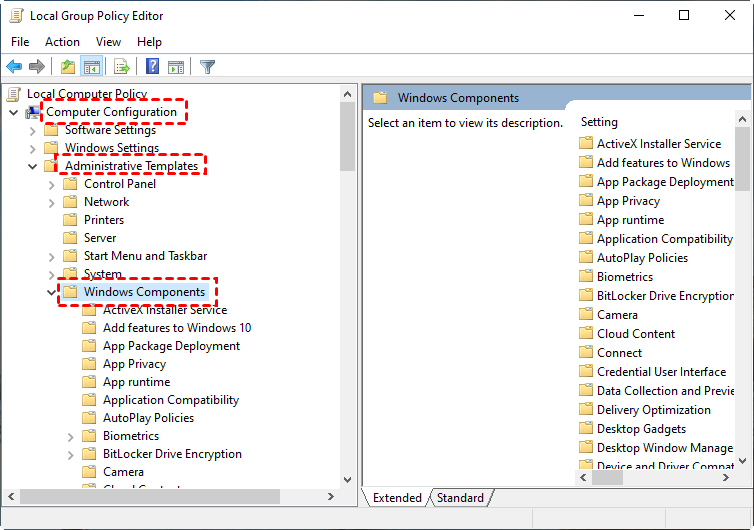
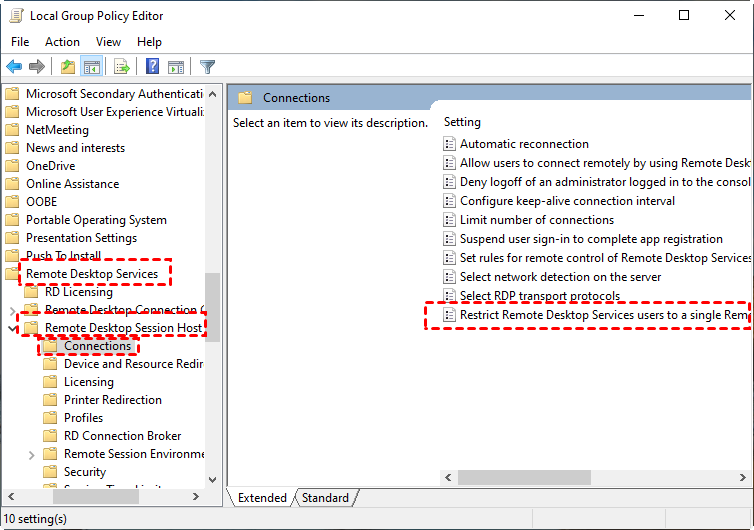
Step 2. Then disable the policy setting.

Stable remote access software: AnyViewer
The RDP session keeps disconnecting and reconnecting problem makes users pretty disappointed while using Windows Remote Desktop. Except for the above six solutions, here we have another option for you. You can use AnyViewer, a free yet stable remote access software that allows you to remotely access another PC. With a high-tech R&D department, AnyViewer provides you with long-lasting remote sessions. Users don't need to worry about the remote session disconnection problem anymore.
Compared with RDP, AnyViewer has the following advantages:
- It doesn't require an IP address or computer name to achieve a remote connection.
- It can be used on two devices that are on different networks without setting up port forwarding or using a VPN.
- It supports devices running multiple Windows versions, including Windows 10 Home Edition, while RDP can't be used to connect to Windows 10 Home Edition (some other editions as well).
- It can transfer files between computers remotely at a faster speed.
In the next part, we'll show you how to remotely access another computer without disconnection over AnyViewer.
Step 1. Download, install and launch AnyViewer on both computers. Go to Log in, and then click Sign up. (If you already have signed up on its official website, you can log in directly.)
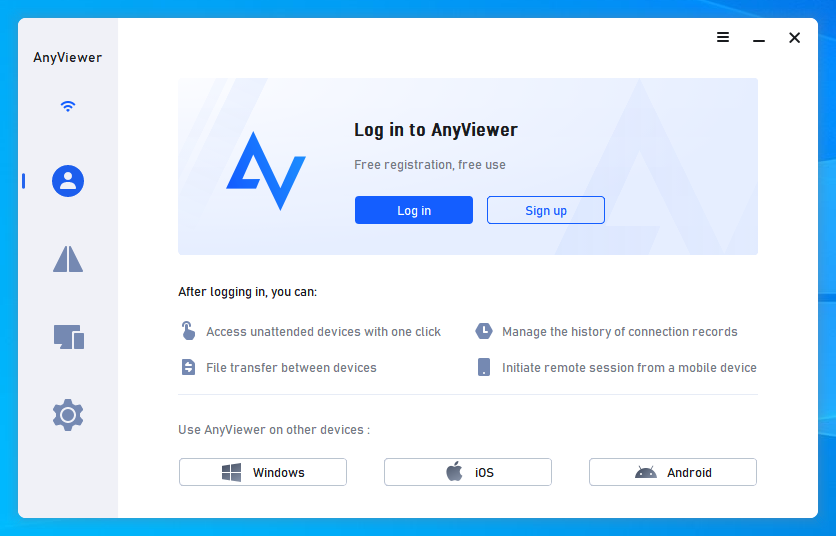
Step 2. Fill in the signup information.
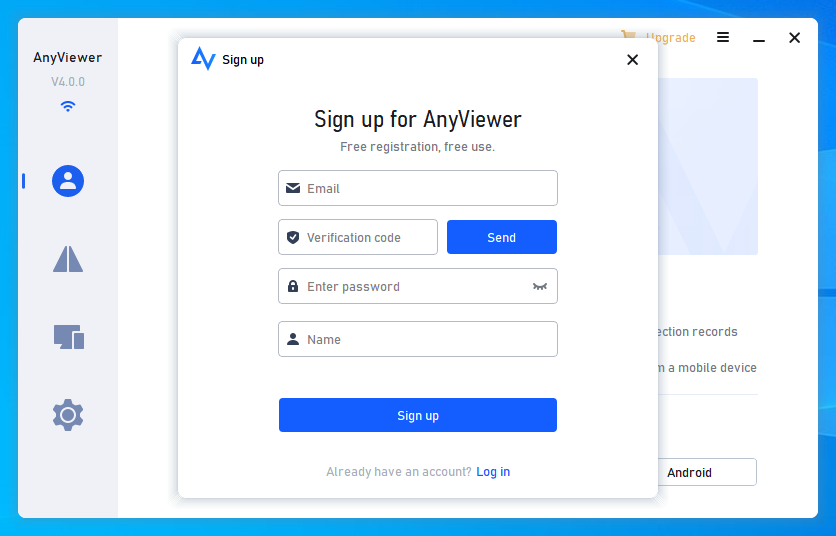
Step 3. Then you can see your computer successfully logged in to AnyViewer. Log in to the same account on other devices. All the logged-in devices will be assigned to the account.
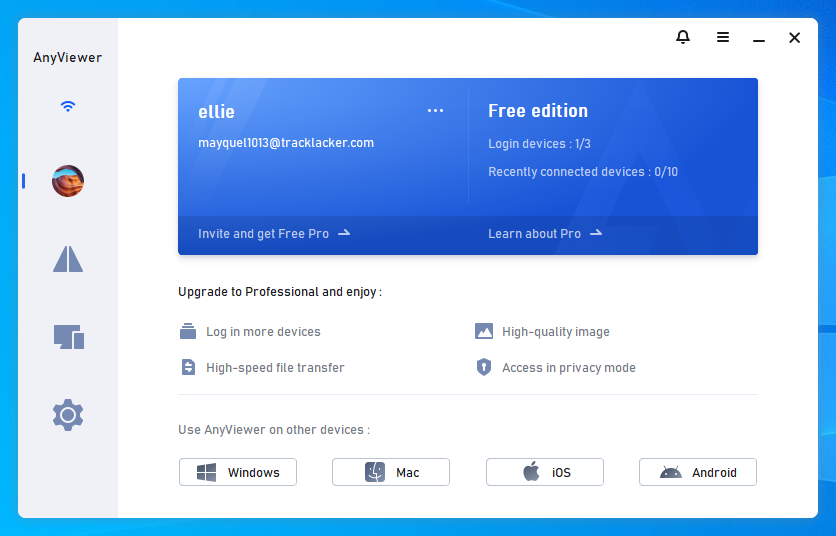
Step 4. Go to Device to select the target device you want to connect to, and then clickOne-click control to achieve unattended remote access.
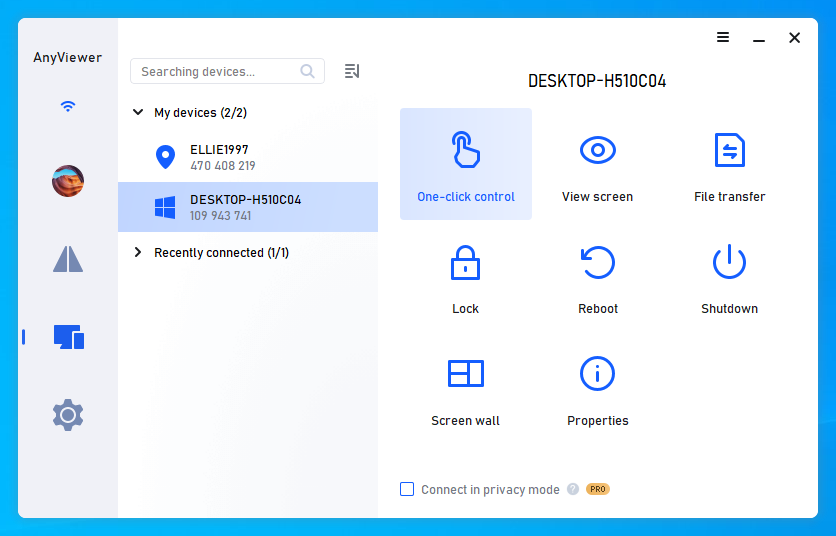
Conclusion
This post mainly introduces 6 tested solutions to fix the RDP session keeps disconnecting error. Besides, we also recommend a free and easy RDP alternative to you. With it, you can achieve remote connection with ease. Try it right away if you're interested.
Source: https://www.anyviewer.com/how-to/rdp-session-keeps-disconnecting-2578.html
Post a Comment for "Remote Desktop Continually Disconnecting Users Server 2016"